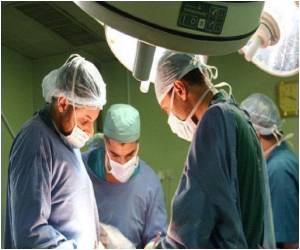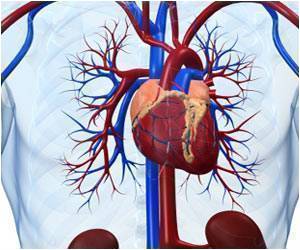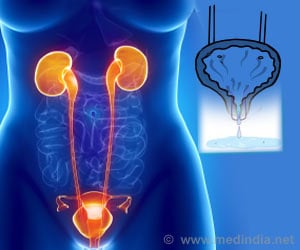Some hospitals vary widely in the rate of coronary angiography or catheterization procedure.

"This procedure has associated costs and it's not without risk," said Pamela S. Douglas, MD, Ursula Geller Professor of Cardiovascular Research, Duke Clinical Research Institute, Durham, NC, and lead author of the study. "This study is an important step in assessing quality of care and is integral to efforts to improve it. Our findings indicate that there may be an opportunity to increase the likelihood of finding CAD at catheterization, and perhaps reduce the number of procedures that don't find disease."
The study – a follow up to the team's 2010 study – is the first to investigate the degree to which hospitals differ in the rate of discovering CAD with coronary angiography and the factors that might predict this. Hospital-level variability appears to be predictable based on differing patterns of patient selection and pre-catheterization evaluation, testing and treatment.
"Because hospitals maintained a similar rate of finding disease relative to other hospitals year in and year out, and these rates are also related to patient characteristics, it suggests that decision-making processes and clinical practice patterns are a highly influential factor guiding the use of diagnostic coronary angiography and could be a target for quality improvement efforts," explained Dr. Douglas.
While the study was not able to capture all of the reasons for performing angiography, its findings suggest that some procedures might be avoided if decisions about whether to perform cardiac catheterization in the hospitals with the lowest rates of finding CAD were more similar to those hospitals with the highest rates.
Hospitals with lower rates of finding CAD by catheterization were more likely to perform the procedures on younger patients, women, those with a lower likelihood of disease (as indicated by a low Framingham or Diamond and Forrester risk score), who presented with atypical symptoms and who had negative non-invasive diagnostic testing done prior to angiography. Not surprisingly, patients at higher risk of being diagnosed with obstructive coronary artery disease were more likely to have hypertension, diabetes and other expected risk factors. In general, the size and type of hospital (e.g., teaching hospital, public vs. private) and setting did not change the findings.
Advertisement
"The decision to perform catheterization should be selective and ideally limited to patients with moderate to high pre-test probability for CAD," said Dr. Douglas, who also cautions that there are other, valid reasons to do a catheterization besides the expectation of finding obstructive CAD, such as patient reassurance.
Advertisement
Source-Eurekalert















